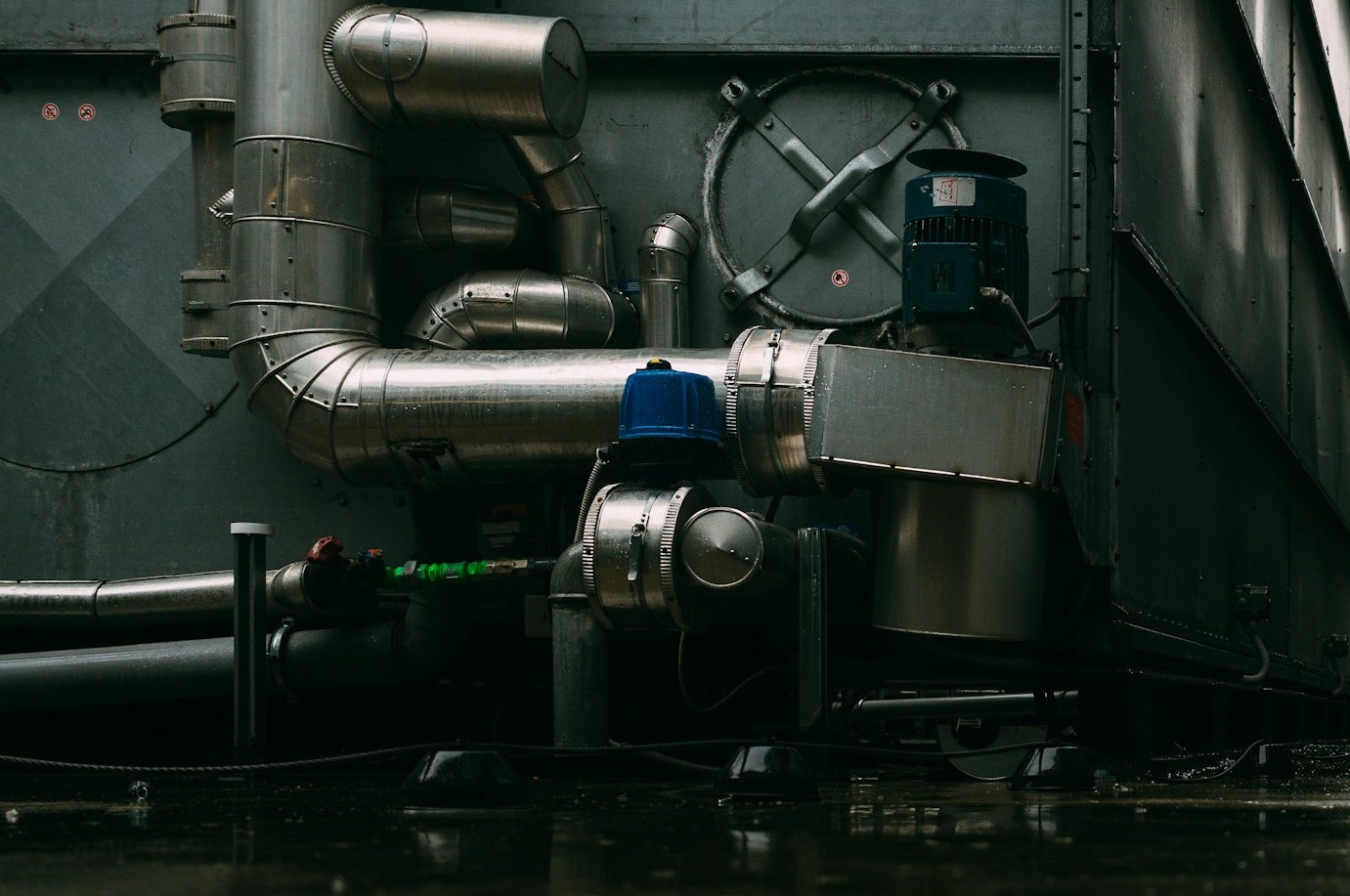Walk through any combined cycle power plant today, and you’ll notice a hard truth: most HRSG systems have been in service for 15–20 years, many still operating with their original expansion joints. What that means for plant managers and operations executives is predictable—performance deterioration, higher maintenance costs, and efficiency losses that erode profitability year after year. Industry data tells us that more than 75% of HRSGs in operation are over 15 years old, and aging HRSG expansion joints alone can reduce efficiency by 3–8% while inflating maintenance budgets by as much as 40%. For a 400MW plant, that equates to more than $2.3 million in annual losses.
This is why retrofit projects have shifted from being “nice to have” upgrades to critical modernization strategies. The reality is clear: replacing deteriorated HRSG expansion joints is one of the most cost-effective moves a plant can make. At Zepco LLC, we specialize in these retrofits—not as stopgap repairs, but as engineered upgrades designed to restore and even exceed original system performance.
Diagnosing the Aging HRSG Problem
If you’re managing a 15-year-old HRSG, you’ve likely seen the warning signs. Efficiency losses show up in heat rate penalties, while pressure drops creep upward from corroded or distorted joints. Air leaks compromise thermal performance, insulation fails, and vibration spikes increase stress throughout the system. Visual inspections often reveal material degradation, corrosion, or fatigue in the expansion joints themselves, and mounting hardware begins to show signs of stress. Each of these indicators points to the same conclusion: your HRSG expansion joints are no longer performing as designed.
The economic impact of ignoring these issues is staggering. Reactive maintenance—patching leaks or rushing emergency fixes—costs five times more than strategic retrofits. Worse, it forces unplanned outages, increases safety risks, and compounds environmental compliance challenges.
The Modernization Opportunity
The good news? Today’s HRSG expansion joint technologies have advanced far beyond the designs of the 1990s and early 2000s. Retrofit solutions can be tailored to match specific plant conditions while delivering efficiency, reliability, and durability gains.
- High-performance fabric joints now use advanced materials with superior temperature resistance and sealing capability, cutting heat loss and reducing air infiltration.
- Metal bellows upgrades leverage modern alloys and precision design, offering far greater fatigue resistance and service life.
- Hybrid composite designs combine metal strength with fabric flexibility, offering engineered reliability for complex operating conditions.
- Smart technology integration allows predictive maintenance through sensors and remote monitoring, letting you track joint performance in real time.
The economics are equally compelling: retrofits can restore performance for about 30% of the cost of a new HRSG, often with a payback period of just two to four years.
Strategic Retrofit Implementation
Zepco takes a phased, outage-aligned approach to HRSG expansion joint retrofit projects. The process begins with comprehensive assessments: efficiency loss quantification, thermal performance evaluations, vibration studies, and condition inspections. From there, our engineering team designs a retrofit solution compatible with your existing system while future-proofing for evolving operational needs.
Execution is equally disciplined. We integrate retrofit installation into scheduled outages, minimizing downtime and aligning labor and materials for maximum efficiency. Our quality control process includes precision installation, compatibility checks, and full commissioning tests to validate performance improvements. Post-installation, Zepco provides continuous monitoring strategies and training programs to ensure plant teams can optimize the benefits of the retrofit long term.
Why Retrofit with Zepco
The core value of a retrofit lies in extending asset life while restoring performance to peak levels. For many plants, this translates to efficiency improvements of 2–5%, annual fuel cost savings upwards of $2 million, and reduced emissions through improved combustion efficiency. More importantly, it delivers predictability: fewer unplanned shutdowns, reduced maintenance costs, and enhanced reliability for long-term competitive positioning.
Zepco LLC stands apart by combining deep technical expertise with proven project execution. We are more than a vendor—we are modernization partners. With decades of experience in HRSG expansion joint retrofit projects, we bring not only the latest technologies but also the ability to integrate them seamlessly into aging infrastructure. Our clients see the results not just in improved numbers on a balance sheet, but in the confidence that their HRSG assets are prepared for another 15–20 years of reliable service.
The Competitive Advantage
In today’s energy market, competitive advantage is defined by availability, efficiency, and reliability. Plants still relying on original HRSG expansion joints are losing ground, both financially and operationally. By contrast, facilities that pursue strategic retrofits gain the performance edge—operating at peak efficiency while competitors continue to wrestle with deteriorating systems.
The question is no longer if you should retrofit, but when. And the best time is during planned outages, when a carefully executed project can deliver long-term benefits without unplanned disruption.
Final Thought
Aging HRSG expansion joints are silent profit drains—but with the right retrofit strategy, they can become the foundation of restored performance and extended asset life. Zepco LLC provides the expertise, technology, and execution precision needed to turn aging HRSG systems into modern, high-performance assets. For plant managers and operations executives tasked with maximizing ROI from existing infrastructure, the message is simple: retrofit now, lead tomorrow.

